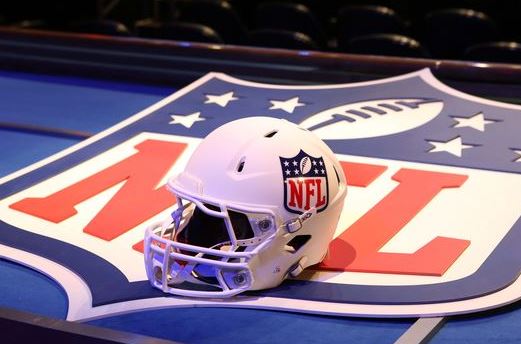The degenerative brain disease chronic traumatic encephalopathy (CTE) has been diagnosed in 110 of 111 former NFL players whose brains were donated for research, according to an updated study published in The Journal of the American Medical Association on Tuesday.
In total, CTE was diagnosed in 87% of 202 former football players --- including high school, college, NFL, Canadian Football League and semipro. The study, the largest conducted into the potential link of brain trauma in football and CTE, was led by researchers at Boston University and the VA Boston Healthcare System.
"This is just a tremendous resource for research," Boston University neuropathologist Ann McKee, a co-author on the study, said in an interview with USA TODAY Sports.
"All this tissue was very generously donated. But it's not just sitting in a vault. It can be used by researchers to detect the disease, and to help find the disease during a person's life," McKee said.
The authors of the study wrote in their report: “The findings suggest that CTE may be related to prior participation in football, and that a high level of play may be related to substantial disease burden."
Tuesday’s study also found the following:
- The most common cause of death (27%) among those with mild stages of CTE (stages 1-2) was suicide. McKee had said previously that Hall of Fame linebacker Junior Seau, who took his own life in 2012, had “at least Stage 2.”
- A neurodegenerative-related cause of death -- including those symptoms that are most commonly attributed to dementia and Parkinson’s disease -- was the leading cause of death (47%) of former players studied who had more severe CTE pathologies (Stages 3-4).
- Among 27 participants found to have a mild CTE pathology, 26 had behavioral or mood issues before their deaths. Of the 84 deceased players with more severe cases of CTE, 89% had behavioral or mood symptoms.
- Researchers believe behavioral and mood symptoms -- including impulsivity and anxiety -- are both telltale signs of early stages of the disease. Once it progresses, CTE can impact speech, memory and motor functions.
The NFL and other sports organizations have enhanced their concussion protocols as research and lawsuits mounted over the last decade.
"We appreciate the work done by Dr. McKee and her colleagues for the value it adds in the ongoing quest for a better understanding of CTE,," NFL spokesperson Brian McCarthy said in a statement to USA TODAY Sports. "Case studies such as those compiled in this updated paper are important to further advancing the science and progress related to head trauma
"The medical and scientific communities will benefit from this publication and the NFL will continue to work with a wide range of experts to improve the health of current and former NFL athletes. As noted by the authors, there are still many unanswered questions relating to the cause, incidence and prevalence of long-term effects of head trauma such as CTE. The NFL is committed to supporting scientific research into CTE and advancing progress in the prevention and treatment of head injuries."
The origins of CTE research go back about century when it was referred to as pugilistic dementia, an ailment first noticed in boxers. Researchers for more than a decade have furthered the understanding of what is now known as CTE, including the pioneering work of neuropathologist Bennet Omalu’s study of the brain of former Pittsburgh Steelers great Mike Webster.
Since Webster’s death at age 50 in 2002, other high-profile players -- including Seau, Frank Gifford, John Mackey and Kenny Stabler -- were diagnosed with CTE after their deaths. While researchers are working to diagnose CTE via a blood test or imaging, the only scientifically accepted method to detect CTE currently is a postmortem examination of the brain.


